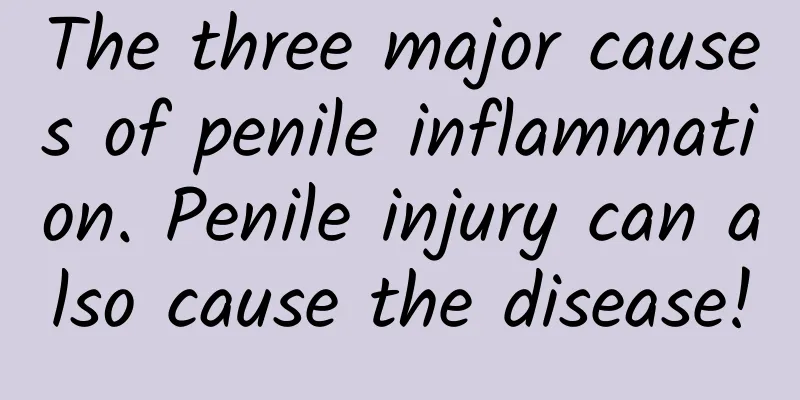Indications and methods of traction after fracture

|
Many fractures are treated with fracture traction, which is helpful for promoting the reduction of the fracture ends, preventing and correcting deformities, and is also more conducive to the observation and treatment of open wounds. What symptoms are fracture traction mainly suitable for? 1. Indications for traction 1. Adults with unstable fractures of lower limbs. 2. Complete rupture and displacement of the pelvic ring (mainly the posterior ring). 3. School-age children with unstable femoral fractures. 4. Children with elbow fractures (condylar) that cannot be reduced immediately and require observation, swelling reduction and position maintenance under traction. 5. Fractures of short tubular bones where skin traction cannot be performed, such as metacarpals and phalanges. 6. Patients with severe central dislocation or dislocation of the acetabulum. 7. Others who need traction treatment but are not suitable for skin traction. 2. Pulling Method 1. Bone traction: Children are prone to epiphyseal damage and should be used with caution. How to do it: 1) Position the patient properly, mark the area, perform routine disinfection, and apply sterile drapes. 2) The surgeon uses local infiltration anesthesia at the entry and exit of the guide needle, from the skin to the periosteum, and the assistant fixes the affected limb and gently pulls the skin proximally. 3) The surgeon uses a bone drill to insert the guide needle directly into the skin and drill perpendicular to the bone shaft according to the entry and exit positions. 4) Protect the needle inlet and outlet with alcohol gauze. 5) Install the traction bow and traction frame, and traction according to the required weight. Raise the bed legs. 2. Skin traction (1) Clean the skin first, apply tincture of benzoic acid to the incision area and apply adhesive tape before the solution dries. (2) The tape to be applied to the limb should be prepared in advance and should be flat and wrinkle-free. The end of the tape should be divided into 2 to 3 pieces so that the pulling force is evenly distributed on the affected limb. (3) Protect the bony prominence with gauze or cotton pads. Use long strips of tape to connect the two sides in a large spiral, but avoid wrapping the tape around the limb. (4) Wrap the bandage again with a second layer, but leave 1 cm of the proximal end exposed to facilitate observation later to see if the bandage has fallen off. (5) Use an expansion board of appropriate width at the towing end. (6) Place the traction frame and add appropriate weight. When performing lower limb traction, raise the foot of the bed. |
<<: Introduction to early AIDS skin symptoms
>>: What is a fatigue fracture and what are its characteristics?
Recommend
Causes and clinical manifestations of carotid artery plaque
Clinically, the appearance of carotid artery plaq...
How long does it take to soak the glans penis in potassium permanganate?
Penile glans inflammation is a common male diseas...
Patients with urinary tract infection, these examination items must be known!
Urinary tract infection is a disease with obvious...
What to eat for depression? What can be eaten to treat depression?
In recent years, the incidence of depression has ...
Penile reactions after quitting smoking
In daily life, many male friends, either actively...
What should boys do if their leg hair is too long? How to remove leg hair
Although some people think that it is sexy for me...
4 correct ways to recruit high-quality uncles
1. Men who do not want to be restricted by marria...
Does a ruptured testicle affect fertility?
A violent impact from external force can cause te...
Why do men tend to go bald?
What are the reasons for male baldness? Males als...
What happens when men cannot urinate completely and their urine becomes bifurcated?
Nowadays, more and more men are suffering from fr...
How to do prostate ultrasound
Many men suffer from prostate disease, which is v...
What should men do if they have frequent urination, urgency and pain?
What about men's frequent, urgent and painful...
What is the best way to treat dry eczema in adults?
Generally, we see dry eczema in children. But adu...
How long does it take to rest after circumcision?
Too long foreskin is a good place to hide dirt, w...
Causes of pain in the lower left abdomen of men
Abdominal pain is a common clinical symptom and a...









